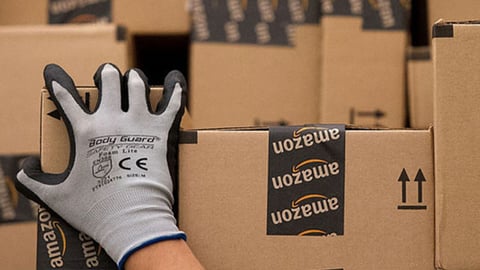H-E-B Rated Top Grocer in the U.S. While Trader Joe's Falls to 2nd
Every retailer knows the important roles that price and quality play in achieving success. There’s also an understanding that convenience, digital efforts, store operations, speed and loyalty program incentives impact performance as well.
What’s less understood, and much harder to quantify, is the respective impacts of these major success drivers and how their interplay with one another influences shoppers’ overall preferences. That’s where global customer data science company Dunnhumby’s Retail Preference Index (RPI) enters the picture. Now in its third year, the RPI for the U.S. grocery channel looks at the top 60 companies in the food and consumables space and employs a unique methodology to rank companies on seven key metrics that feed into an overall ranking.
True to its origins as a customer data science company, Dunnhumby’s rigorous methodology combines actual financial success measures and details of emotional bonds and performance on preference drivers based on a survey of more than 7,000 consumers. The multifaceted approach yields a ranking that’s the result of statistical modeling that predicts how retailer execution on various customer needs impacts both emotional bonds and financial success.
At a high level, the third annual RPI, released Jan. 9, reveals that regional retailer H-E-B was the top-ranked company, jumping ahead of the three previously top-ranked retailers, Trader Joe’s, Amazon and Costco. H-E-B’s move into first place was driven by its sustained focus and excellence on assortment relevance and private brand, and is consistent with Dunnhumby’s findings that some regional grocers are gaining ground and going toe-to-toe with leading nontraditional retailers. Also of note: ShopRite and Publix are making their first appearance in the top quartile of the 60 companies studied in the RPI, while northeastern favorite Market Basket has made the biggest upward movement in the top quartile.
-
The grocery retailers with the highest overall customer preference index scores are:
1. H-E-B
2. Trader Joe’s
3. Amazon
4. Market Basket
5. Wegmans Food Markets
6. Costco
-
7. Aldi
8. Sam’s Club
9. Walmart
10. Publix
11. WinCo Foods
12. Fresh Thyme Farmers Market
13. Sprouts Farmers Markets
14. ShopRite
For the third year in a row, price and quality remain the two most important customer needs that retailers must meet, and form what Dunnhumby calls the “value core.” This core has the largest impact on retailer financial performance and customers’ emotional bond with retailers. Price and quality account for half of retailer performance, but other areas, which Dunnhumby refers to as “value amplifiers,” account for the other half and include digital, operations, convenience, speed, and elements of loyalty programs such as discounts and rewards.
The top retailers for each of the seven pillars evaluated were:
- Price: Aldi
- Quality: Wegmans
- Digital: Amazon
- Operations: H-E-B
- Convenience: Walmart
- Discount, Rewards, Information: Fry's
- Speed: Amazon
Retailers that ranked in the top quartile have a secure value core, but then drive further differentiation through strategic decisions around value amplifiers, according to Dunnhumby. A retailer can withstand a poor performance on value amplifiers, but it can’t let the core suffer. Conversely, retailers in the bottom half of the ranking tend to be highly promotional, with poor price perception. Beyond base price and promotion, Dunnhumby asserts that low-ranked retailers aren’t appropriately managing areas such as private brand, assortment relevance, rewards programs and store experience.
Because the study is now in its third year, Dunnhumby is able to observe notable shifts in the importance of the value core relative to other value amplifiers. For example, in the original report, in 2017, the core of price and quality accounted for 72% of a retailer’s overall ranking, but in 2019, the core is down to 50% of the overall score. As value amplifiers have gained in importance, two in particular stand out: Convenience and speed have increased their impact on financial performance and emotional bond, accounting for 4% of total impact in 2017 and 17% in 2019.
The complete Retailer Preference Index is available from Dunnhumby online.






